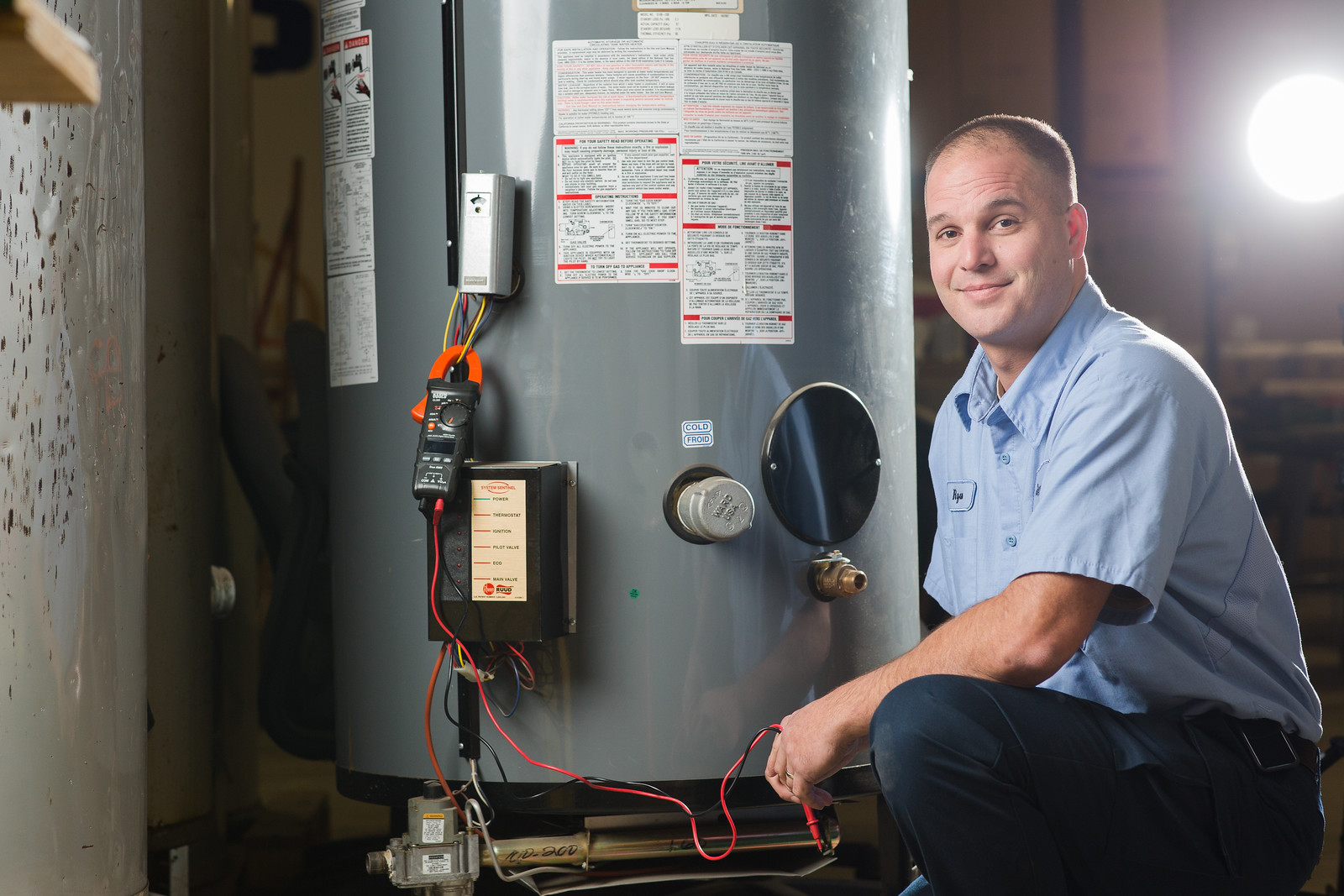Easy Guide to Maintaining Your Home's Hot Water System
Easy Guide to Maintaining Your Home's Hot Water System
Blog Article
Are you currently searching for help and advice involving Tips For Maintaining Your Hot Water Heater?

Warm water is essential for day-to-day convenience, whether it's for a rejuvenating shower or washing dishes. To ensure your warm water system runs efficiently and lasts much longer, normal upkeep is key. This post gives practical suggestions and understandings on just how to keep your home's warm water system to prevent disturbances and costly repair work.
Intro
Keeping your home's hot water system may appear complicated, but with a few straightforward actions, you can guarantee it runs smoothly for many years to come. This overview covers every little thing from understanding your warm water system to do it yourself maintenance ideas and recognizing when to contact expert assistance.
Value of Keeping Your Warm Water System
Regular maintenance not only prolongs the lifespan of your warm water system but likewise ensures it operates efficiently. Ignoring maintenance can cause decreased effectiveness, greater energy expenses, and also premature failing of the system.
Indications Your Warm Water System Needs Maintenance
Knowing when your hot water system needs interest can protect against major problems. Keep an eye out for signs such as irregular water temperature, weird noises from the heating unit, or rustic water.
Understanding Your Hot Water System
Before diving right into maintenance tasks, it's handy to understand the fundamental parts of your warm water system. Generally, this includes the hot water heater itself, pipes, anode rods, and temperature controls.
Regular Monthly Upkeep Tasks
Normal monthly checks can assist capture small concerns prior to they escalate.
Flushing the Water Heater
Flushing your hot water heater gets rid of debris build-up, boosting performance and prolonging its life.
Checking and Replacing Anode Rods
Anode rods stop deterioration inside the container. Evaluating and changing them when broken is crucial.
Examining and Changing Temperature Settings
Adjusting the temperature level setups makes certain optimal performance and safety.
DIY Tips for Upkeep
You can execute numerous upkeep tasks on your own to maintain your warm water system in leading condition.
Checking for Leaks
Frequently check pipelines and connections for leaks, as these can lead to water damage and greater expenses.
Checking Stress Relief Valves
Evaluating the pressure safety valve guarantees it works properly and stops extreme pressure build-up.
Shielding Pipes
Insulating hot water pipelines lowers warm loss and can save energy.
When to Call a Specialist
While do it yourself maintenance is advantageous, some issues require professional expertise.
Facility Problems Requiring Specialist Assistance
Examples include major leakages, electrical issues, or if your hot water heater is continually underperforming.
Regular Professional Maintenance Perks
Expert maintenance can consist of complete assessments, tune-ups, and guaranteeing compliance with security standards.
Final thought
Regular maintenance of your home's warm water system is necessary for efficiency, longevity, and cost financial savings. By adhering to these ideas and recognizing when to look for expert assistance, you can guarantee a dependable supply of warm water without unexpected disruptions.
How to Maintain an Instant Hot Water Heater
Before tinkering with your hot water heater, make sure that it’s not powered on. You also have to turn off the main circuit breaker and shut off the main gas line to prevent accidents. Also turn off the water valves connected to your unit to prevent water from flowing into and out of the appliance. 2. When you’re done, you have to detach the purge valves’ caps. These look like the letter “T†and are situated on either side of the water valves. Doing so will release any pressure that has accumulated inside the valves while at the same time avoid hot water from shooting out and burning your skin. 3. When the purge valves’ caps are removed, you have to connect your hosing lines to the valves. Your unit should have come with three hoses but if it didn’t, you can purchase these things from any hardware or home repair shops. You can also get them from retail stores that sell water heating systems. Read the user’s manual and follow it to complete this task properly. When the hosing lines are connected, open the purge port’s valves. 4. You should never use harsh chemical cleaners or solutions when cleaning your unit. Make use of white vinegar instead. It should be undiluted and you’ll probably use about 2 gallons. 5. Now flush your water heater. This task should probably take about 40 minutes. We can’t give you specific directions for this because the procedure is carried out depending on the type, model and brand of your heater. With that being said, refer to the user’s manual. 6. When you’re done draining the unit, you have to turn off the purge port valves again. Remove the hosing lines that you earlier installed on each of the water valves. Put the valve caps (purge port) back in their respective places and be very careful so as not to damage the rubber discs that are found inside these caps. 7. Now that everything’s back in place, check your user’s manual again to find out how to reactivate your water heating system. 8. Once it is working, turn one of your hot water faucets on just to let air pass through the heater’s water supply pipes. Leave the tap on until water flows smoothly out of it. https://www.orrplumbing.com/blog/2014/september/how-to-maintain-an-instant-hot-water-heater/

I'm certainly very taken with Water Heater Maintenance Tips You Can't Afford to Forget and I really hope you appreciated my blog entry. Those who enjoyed reading our blog posting kindly make sure you remember to pass it around. Thank-you for going through it.
Details Here Report this page